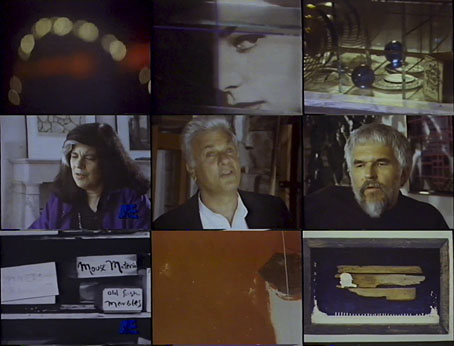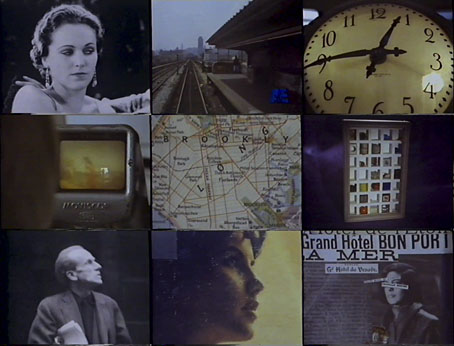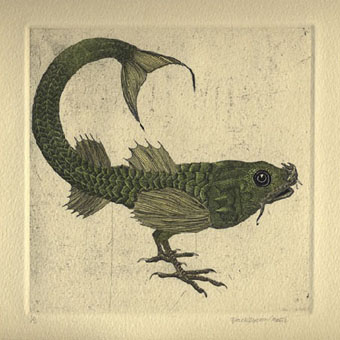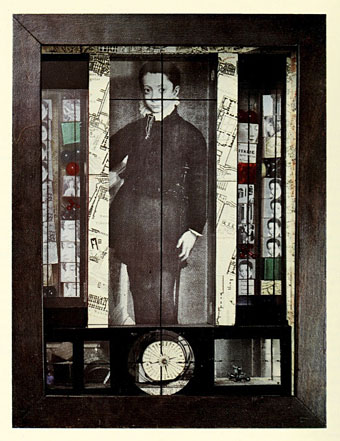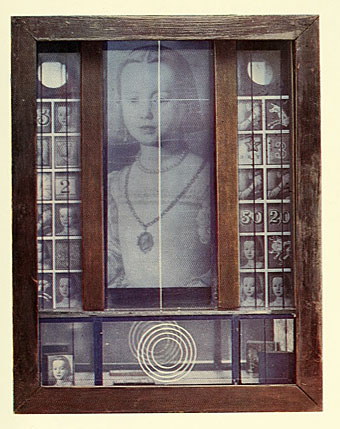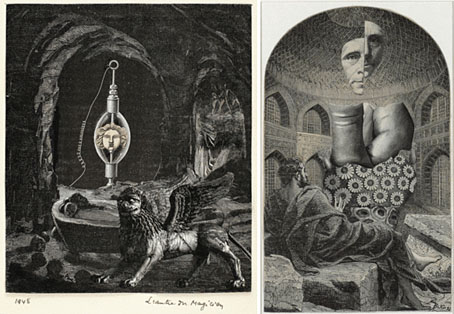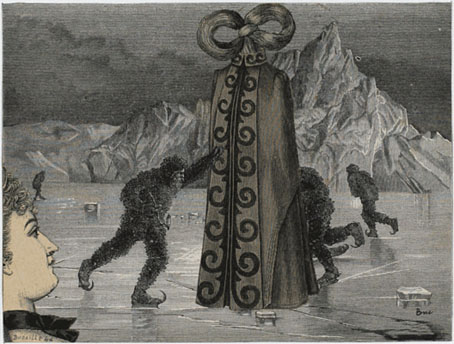It’s not cheap but it’s rather tasty: The Changing Faces of Bowie, a limited print at the V&A shop produced for the forthcoming David Bowie exhibition. One hundred artists and designers were asked to choose or create a Bowie-related type design, the collection being printed on holographic paper. Creative Review looked at some details. Related: Bowie’s new album, The Next Day, is now streaming in full at iTunes.
• Marisa Siegel reviews The Moon & Other Inventions: Poems After Joseph Cornell by Kristina Marie Darling, “a fully enchanting if somewhat mysterious collection of poems, written entirely as footnotes”. BlazeVOX has an extract here.
• “[Clement] Greenberg came round to our house in Camden Square. He started telling Bill what he should do to improve a work. Dad lost patience and kicked him out.” Alex Turbull of 23 Skidoo on sculptor father William Turnbull.
“You get the impression that a lot of these young directors have never gained much experience of life outside their film schools or their video-rental stores.”
Anne Billson met Roman Polanski in 1995 to discuss Death and the Maiden.
• Max Beerbohm’s The Happy Hypocrite, and Ronald Firbank’s Vainglory are available in new print-on-demand and ebook editions from Michael Walmer.
• “Bring Back the Illustrated Book!” says Sam Sacks. Some of us would reply that it never went away but merely remains subject to much unexamined prejudice.
• The Forest and The Trees: A blog by Genevieve Kaplan about altered texts and book art by herself and other artists.
• The Homosexual Atom Bomb: Sophie Pinkham on gay rights, Soviet Russia and the Cold War.
• Who’s Afraid Of The Art Of Zang Tumb Tuum? A blog devoted to the ZTT record label.
• Nigel Kneale’s TV ghost drama, The Stone Tape, is reissued on DVD later this month.
• The drawings of Victor Hugo.
• The Man Who Sold The World (1994) by Nirvana | V-2 Schneider (1996) by Philip Glass | ‘Heroes’ (2000) by King Crimson


